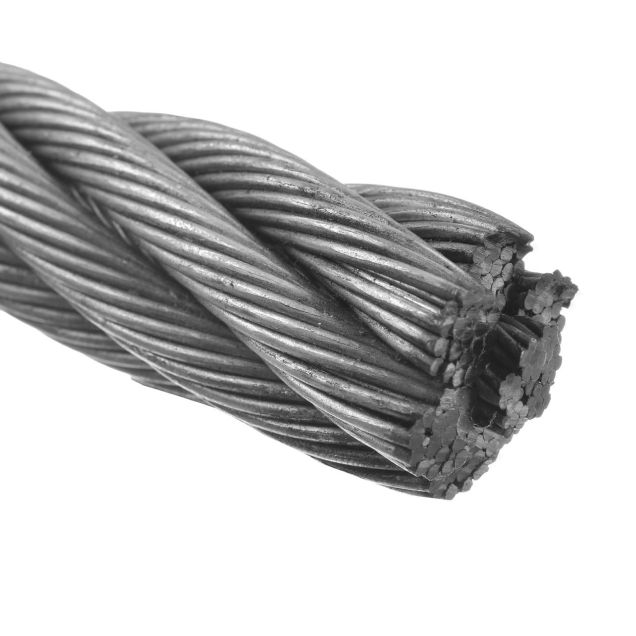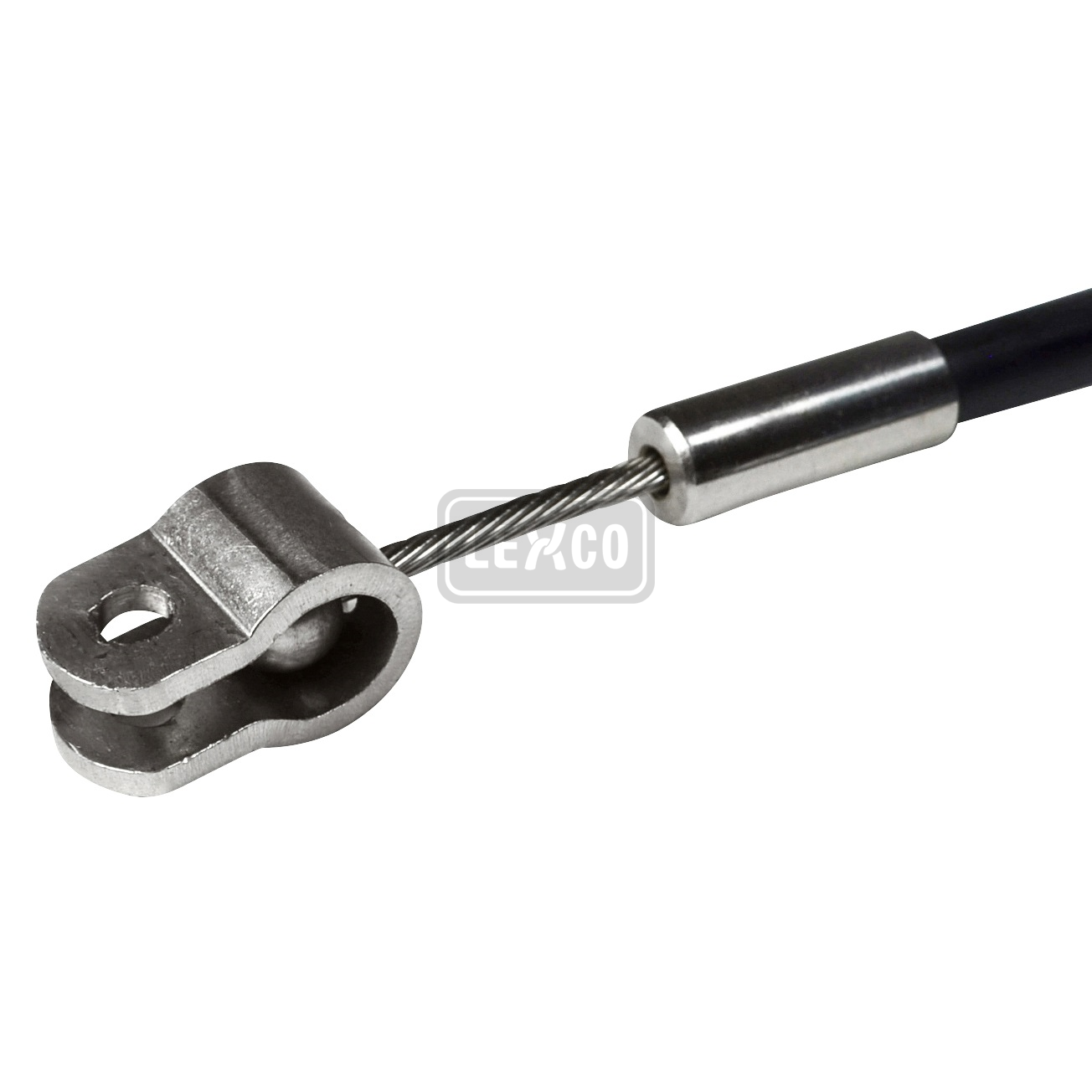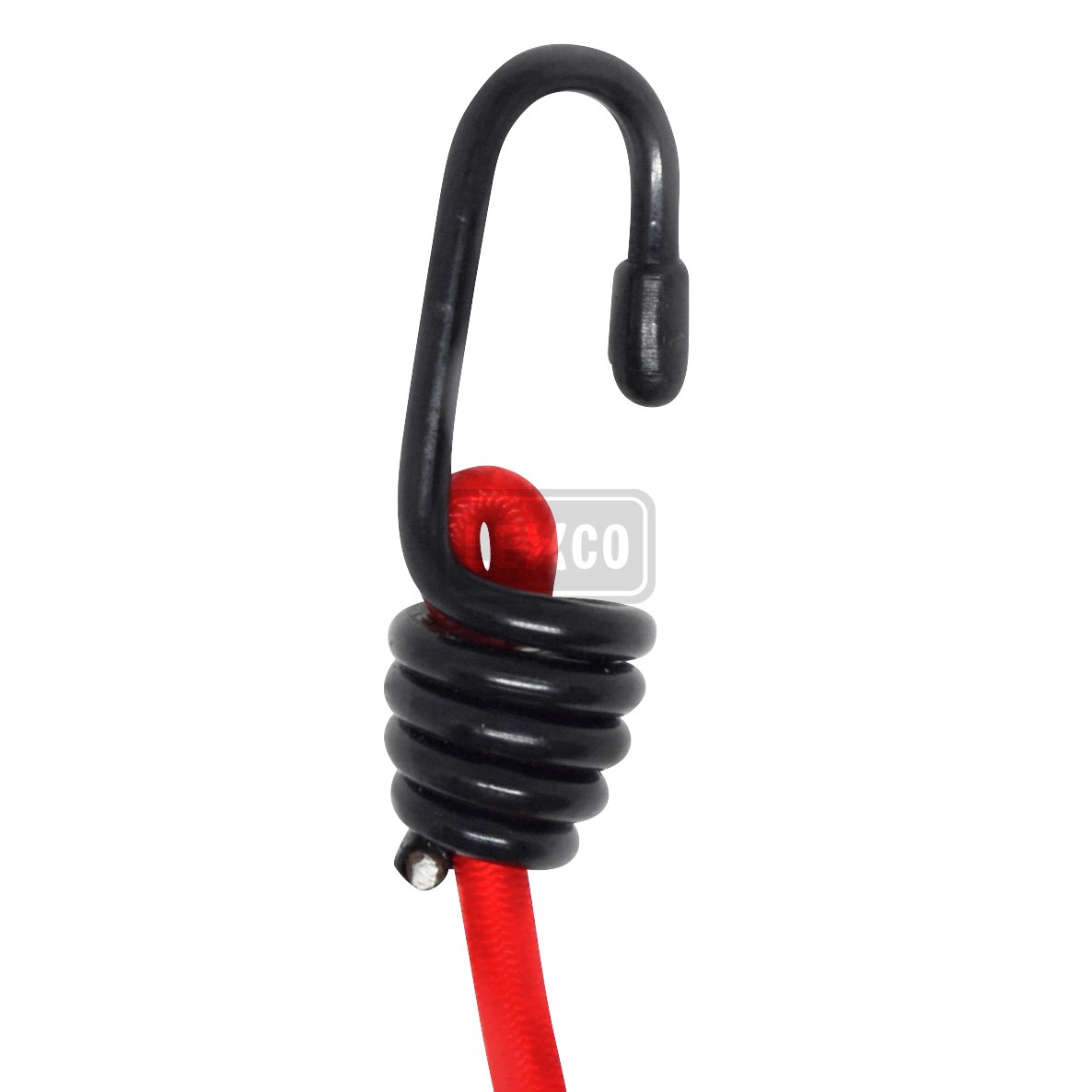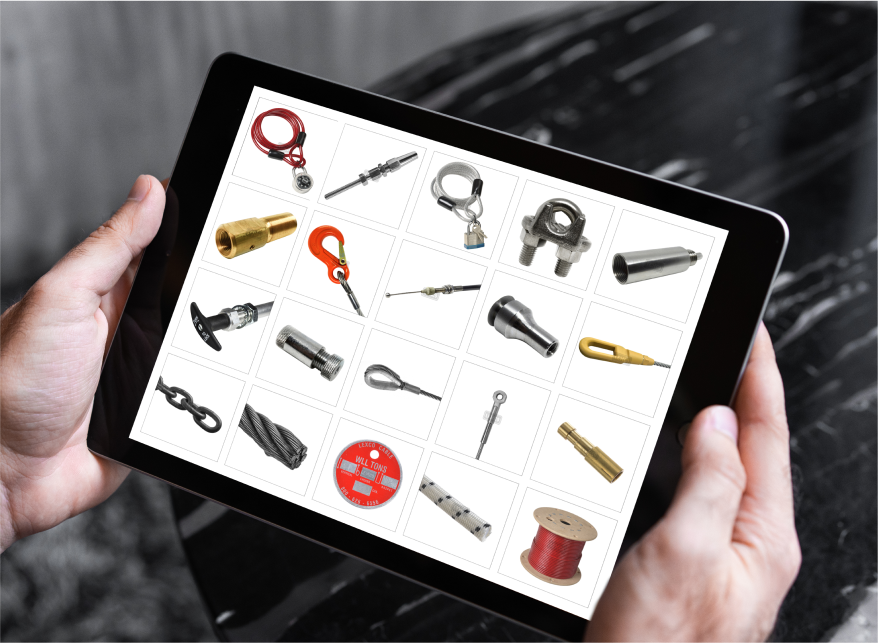
WIRE ROPE HARDWARE: AN INTRODUCTION
Wire rope has many applications across multiple industries, including construction, aerospace, military, and automotive. The strength, durability, and flexibility of a wire rope assembly make it an essential part of design planning for multiple situations. However, the rope itself is only one part of its functionality. It’s the wire rope hardware that is connected to cable ends that make wire rope so versatile.
Wire rope hardware is often used to link wire rope with other construction elements, to allow the wire rope to loop, to bring two different ropes together, and to hold the rope in a specific place. The variety of wire rope hardware is specially designed to suit both use and wire diameter, with standard and custom-built designs, ranges of composition materials, and varying swaging or threading options able to fit nearly any purpose.

Several categories of wire rope hardware fulfill these different needs, which we’ll take a look at here.
Common Wire Rope Hardware Examples
Turnbuckles: Turnbuckles are attached to structures or other wire ropes or cables and are used to adjust the length or the tension of the rope. The turnbuckle uses wire rope hardware fittings such as eyes, hooks, or jaws as connectors for wire rope assemblies. These are threaded externally and fit with the internally threaded body, and this is where the adjustments are made to leave out slack or tighten the assembly. In the case of a swaged turnbuckle, a threaded stud will form an in-line connection to the wire rope. Turnbuckles can come in galvanized or stainless steel finishes; stainless steel is the most common for marine and architectural use.
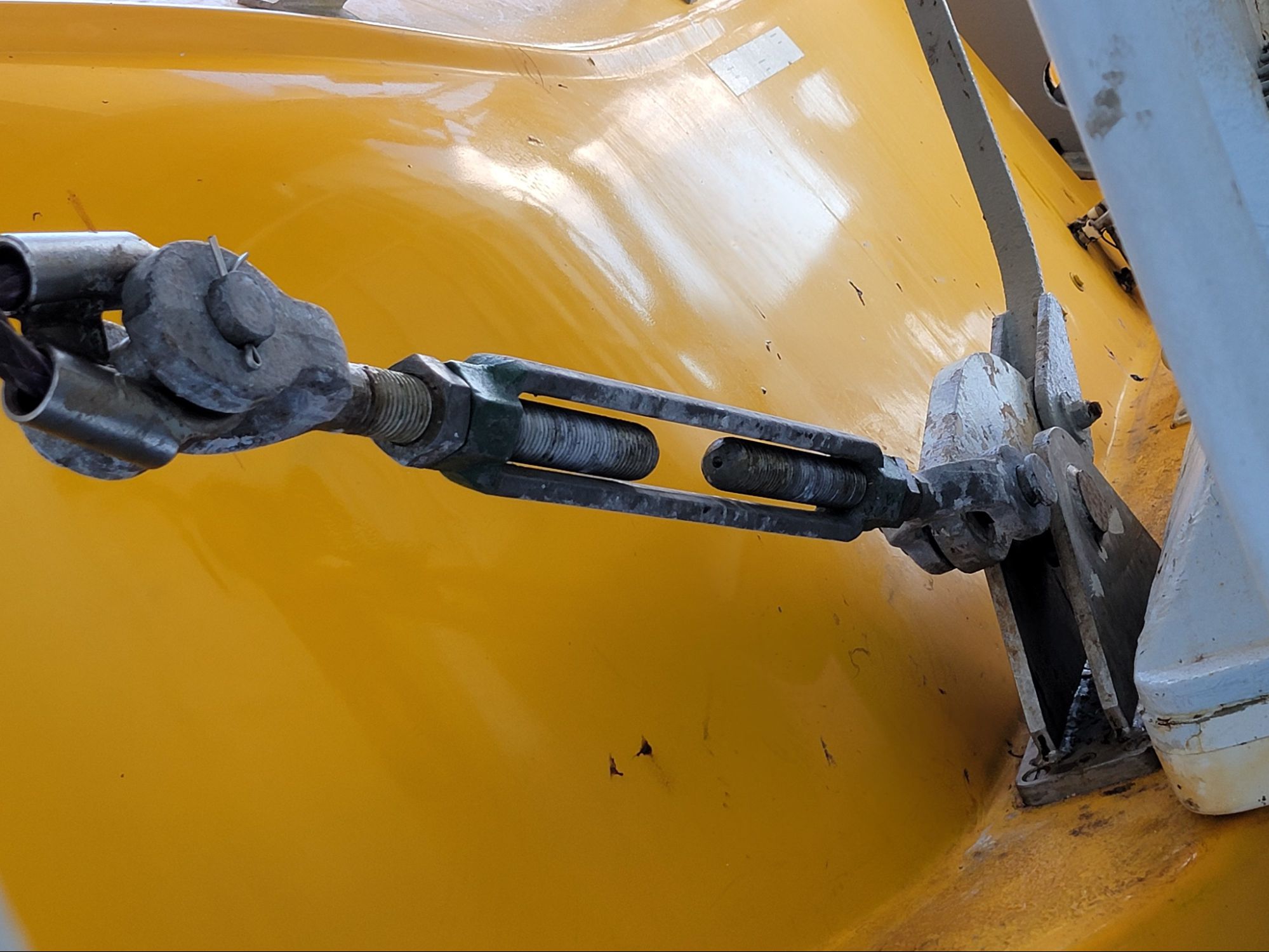
Eye bolts: Eyes create loops that wire rope can pass through. This creates a connection point for rigging and is used for hoisting, pulling, or anchoring wire rope assemblies. Eye bolts are made up of the eye (a bent, welded, or forged loop), the shoulder (the skirt at the joint of the eye and the shaft to protect against bending), and the shaft (which is threaded so the bolt can be affixed). It is possible to order non-shouldered eye bolts, but these should be reserved for in-line or vertical lifts rather than anything with an angle. Eye bolts have significantly reduced rated load capacity for angular lifting, reducing to 55% of the rated load from 6°-15° and just 25% anywhere from 16°-90°. Eye nuts are internally threaded to provide the same functionality as an attachment to a threaded rod or bolt or the shaft of an eye bolt. Pad eyes provide the loop but don’t have any threading and are usually affixed through welding.
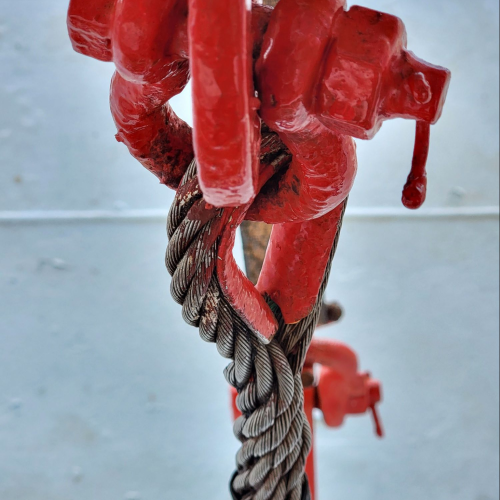
Shackles: Shackles are another piece of wire rope hardware that is used for attaching wire rope to a load. The shackle will either be in a U-shape or bow-shape, known as chain shackles and anchor shackles; these shapes end on both sides in internally threaded holes known as ears. Shackles are a type of wire rope hardware that are commonly used for towing, hoisting, lifting, rigging, and anchoring load bearing assemblies. The most standard shackle pins are screw-pins, round-pins, and safety-pins. Screw-pins are a thumb screw that have a hole in the head to provide a leverage connection point. Round-pins are headed clevis pins which are common with cotter pins. Safety-pins are a headed bolt with nut and cotter pin that prevents the nut from accidentally unthreading. The six most common shackles are:
- Screw-pin anchor shackles
- Screw-pin chain shackles
- Round-pin anchor shackles
- Round-pin chain shackles
- Bolt-type anchor shackles aka safety anchor shackles
- Bolt-type chain shackles aka safety chain shackles
View our gallery of shackles to discover the full range of our product offerings.
Hooks: Hooks are wire rope hardware attachments commonly used for attaching to loop ends, load lifting, and towing. However, they are found in virtually every application due to their ease of attaching and removal. Popular hook types are the s-hook and s-hooks with safety latches to prevent wire rope or cable from backsliding. S-hooks vary in their type according to tensile strength. Other types of hooks come in various formats and endings, including snap hooks, bolt snaps, eyes, clevises and links.
View our gallery of hooks and find inspiration for your next project.
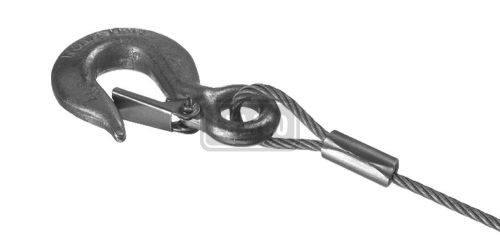
For a complete breakdown of Lexco® Cable’s hardware wire rope hardware, please click here

Conclusion
With the wide number of uses for wire rope, it’s no surprise that there is equal depth to the amount and variety of wire rope hardware. Wire rope hardware enables wire rope assemblies to hoist, tow, loop, and anchor themselves in architectural, military, and industrial settings, among others.
At Lexco, we are proud to be leaders in wire rope assembly. We meet our customers’ needs in terms of standard and custom wire rope hardware that can be built to suit virtually any design. To find out more, visit our wire rope hardware page or talk to one of our representatives.
